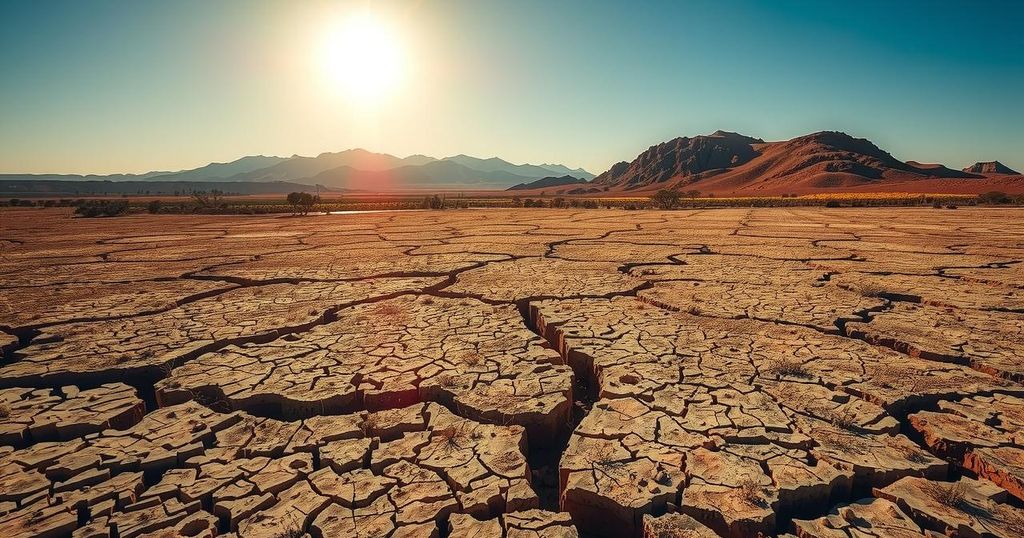Top Seven Countries Most Vulnerable to Natural Disasters: Insights from the World Risk Report 2024
The World Risk Report 2024 reveals the top seven countries most vulnerable to natural disasters, driven by factors such as climate change, socio-economic conditions, and geographical locations. The Philippines leads with a WRI score of 46.91, followed by Indonesia and India. Other countries, including Colombia, Mexico, Myanmar, and Mozambique, also demonstrate significant risks from various natural hazards.
As the implications of climate change become increasingly evident, the frequency and severity of natural disasters continue to rise. The World Risk Report 2024 has pinpointed the nations exhibiting the most vulnerability to such phenomena by assessing factors like exposure, susceptibility, and economic resilience. The analysis highlights the top seven countries that are most at risk of facing devastating natural disasters.
The Philippines ranks first with a World Risk Index (WRI) score of 46.91, exposing it to significant hazards such as typhoons, earthquakes, and volcanic eruptions. The country’s geographic features, coupled with socio-economic vulnerabilities, exacerbate its risk levels.
Indonesia follows closely with a WRI score of 41.13. Located on the Pacific Ring of Fire, Indonesia is highly susceptible to earthquakes, tsunamis, and extensive volcanic activity. The high population density in areas prone to such hazards further aggravates the nation’s risk factors.
India, with a WRI score of 40.96, is also exposed to a variety of natural disasters including floods, cyclones, and earthquakes. The rapid pace of urbanization and the prevailing socio-economic disparities significantly contribute to its vulnerability.
Colombia holds a WRI score of 37.81, indicating substantial risks from earthquakes, volcanic eruptions, and flooding. Factors such as diverse topography and various socio-political elements play a vital role in shaping its susceptibility to disasters.
Mexico, with a score of 35.93, exhibits risks associated with earthquakes, hurricanes, and volcanic activity. Factors such as urban development in high-risk zones, alongside socio-economic challenges, heighten the nation’s overall disaster risk.
Myanmar’s WRI score stands at 35.85, emphasizing its vulnerabilities to cyclones, floods, and earthquakes. The limited infrastructural development and socio-economic hurdles contribute extensively to the heightened risks faced by the country.
Finally, Mozambique presents a WRI score of 34.44, making it particularly susceptible to cyclones, floods, and droughts. The country’s socio-economic conditions and insufficient infrastructure significantly enhance its disaster exposure and vulnerability.
The findings from the World Risk Report 2024 underscore the heightened vulnerability of several nations to natural disasters, primarily driven by geographic and socio-economic factors. The Philippines, Indonesia, and India represent significant areas of concern, as urbanization and inadequate infrastructure exacerbate the risks. Addressing these vulnerabilities through improved resilience measures is essential for mitigating disaster impact moving forward.
Original Source: globalsouthworld.com




Post Comment